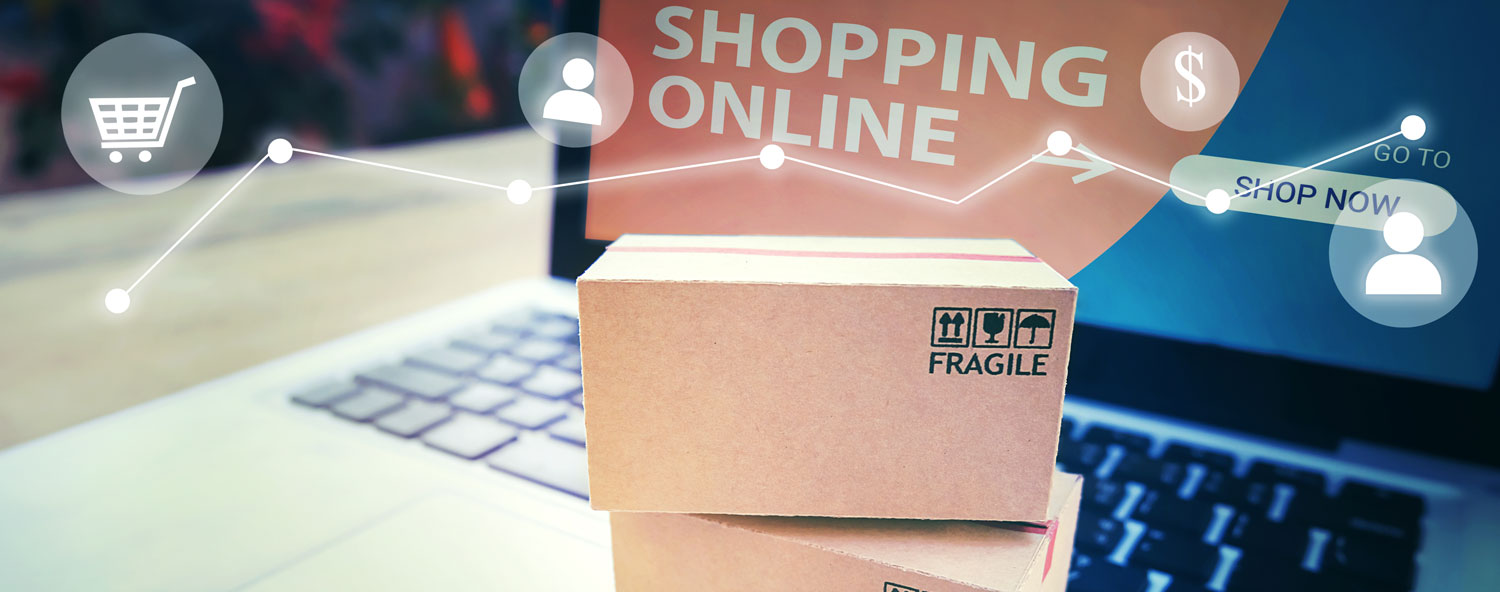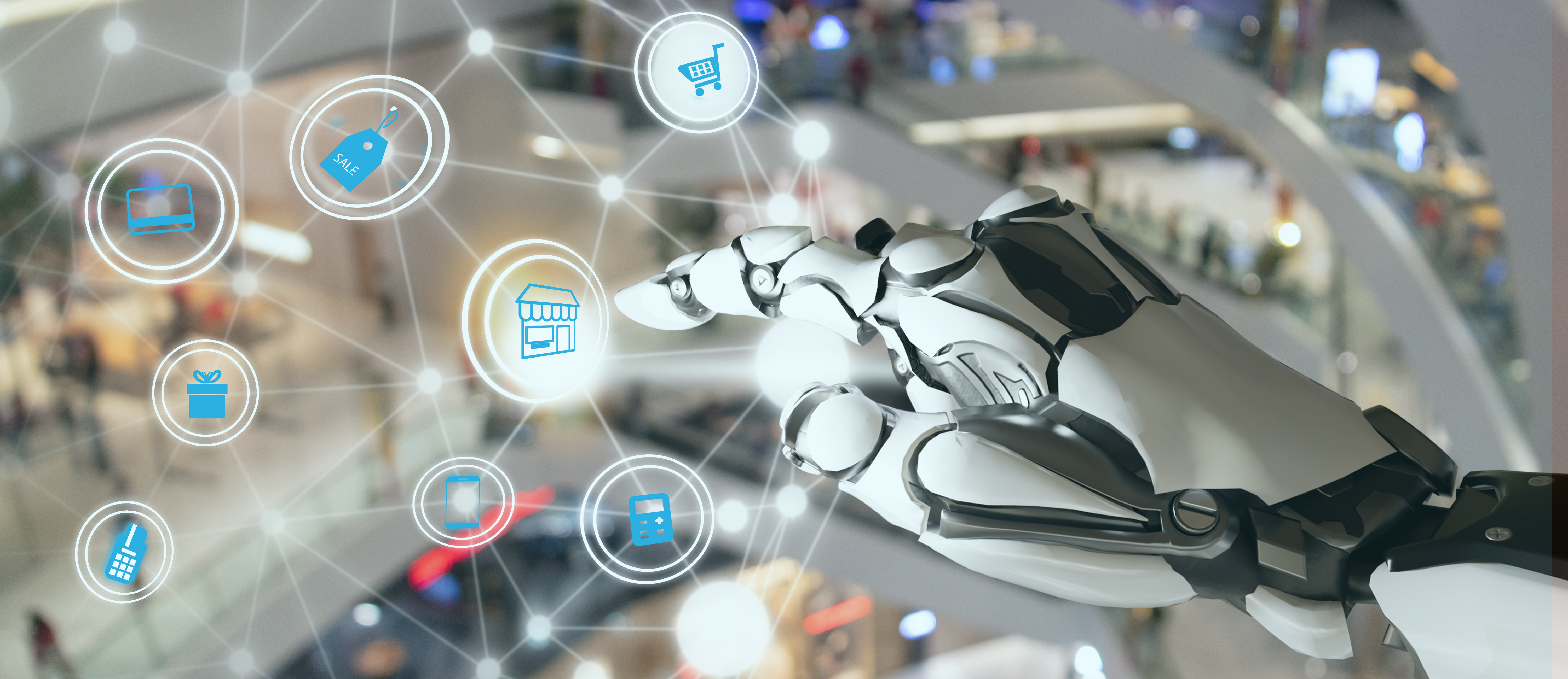During the conversation, Roland walked host Kevin Crane through the accelerated digital transformation the industry experienced in response to the global pandemic and the lasting impact it has today.
In a very short period of time, retailers, wholesale distributors and manufacturers were forced to modernize their systems to remove any friction in the buyer’s journey, especially for online customers. Investing in composable infrastructure allowed organizations to move away from monolith-type systems to be more agile, integrating solutions to address singular pain points in the customer journey.
Hyper-personalization
Before a brand can jump into personalization, there are a few prerequisites. The most important is investing in a robust search/browse solution layered with AI to collect and process relevant information on how people buy and interact with products. At GroupBy, we take this a step further. Our product discovery platform takes data from a person's online and in-store interactions to understand a customer’s affinity for certain products. This allows us to make predictions about which products the customer is most likely to buy, and then present those products in the search results. So instead of just solving for relevancy and personalization, we calculate attributes like buyability and then optimize results for revenue.
This is where AI comes in, superseding human capabilities to process trillions of data points to correlate general consumer data to each user and the product. For example, in fashion, data shows if a person is looking at a particular type of dress, it will make recommendations for a shoe, handbag or other accessories a consumer is likely to buy with the dress due to its high product affinity.
It's a very AI and data-intensive process that we have democratized for our clients. Seamlessly, we can link our data pipelines to our customer’s AI models. Most retailers are data-rich, but information poor. Meaning the data is there but in multiple formats and structures. It is essential to understand how to unify the data and get it into a consumable entity that can be leveraged.
Bringing the Digital Experience In-store
Retailers with physical locations create this "click and mortar" environment for a seamless transition between omnichannel or multi-channel experiences. For example, grocery stores can adjust digital end cap displays with near-field chips to update in real-time based on nearby customer preferences.
Using Data Responsibly
Personalization is one area with the potential for creep factor, but the industry has gone to great lengths to prevent it from happening. With the increase in regulations, like GDPR, retailers are working very hard to protect user data and only use it for good. The convenience for consumers to see relevant products at the right moment for an enjoyable shopping experience eases their concerns.





